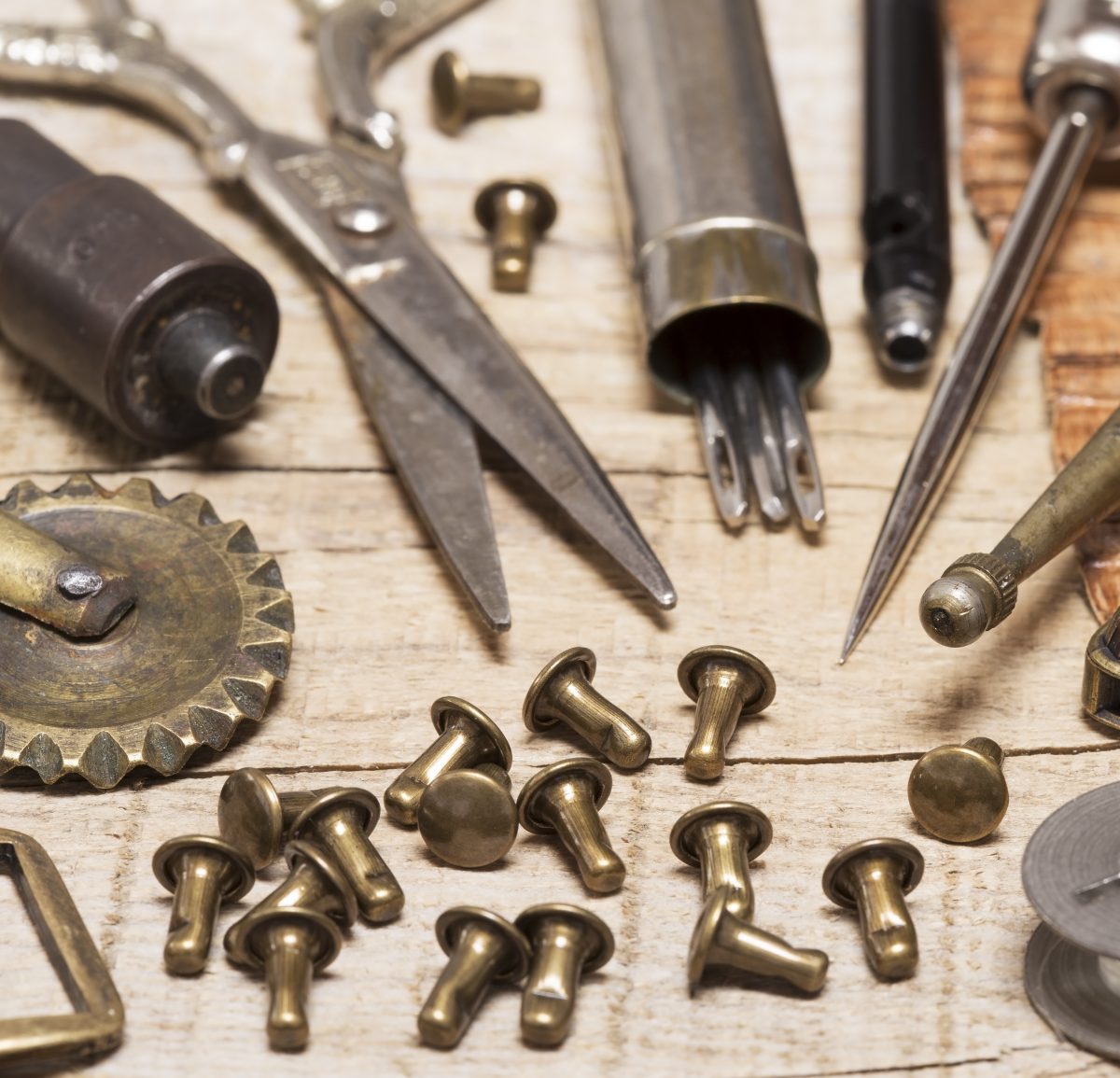The paper supply place down the block from my apartment may be the happiest retail store in all of Manhattan.
Every time I walk in there, the workers inside brighten and start asking questions: “Oooh! Poster board? What are you going to make?” They want to know all about the project and whether I’ve considered the merits of hot glue over tape. Their enthusiasm is enough to make a person feel a little self-conscious about the rather basic, uninspiring plans they have for their card stock purchase.
These paper enthusiasts, much like the friendly people in a quilt store who would love to hear all about what you’re going to do with those colorful fabric scraps, or an excited Maker Faire veteran checking out each and every booth under the tent, are exemplifying an attitude essential to the maker movement: they view creativity as a team sport.
Community has always been a key ingredient in the maker movement. Maker Faires and Makerspaces exist for people to get together, to talk about their projects, to enthuse about what other people are doing, to offer tips, help, and mentoring. A Maker Faire or Makerspace is great place to learn new techniques, to encounter someone who says: “We ran into that problem with our project, too! Here’s what we did…” Several of the people I spoke to at the last World Maker Faire in New York told me they were excited to get back home and tinker with their projects based on advice and tips they’d received from other makers who stopped by their booth. The collaborative spirit is an essential characteristic of the maker movement, and one that gives professional engineers a fantastic mentoring opportunity in the hobbyist space.
The story of the lone genius inventors, battling by themselves to see their idea become a reality, certainly has a lot of romantic appeal, but it isn’t the most accurate depiction of how most inventions and creative projects enter the world. Community, collaboration, and mentorship are often essential.
The community element of the maker movement goes even further than the teaching and tips and tricks offered from one maker to another. The community itself is also a source of inspiration. Wander around the booths at a faire, and you might come away with dozens of new ideas for your next projects. It can also provide a fresh supply of all-important enthusiasm for the frustrated maker. Having someone come along to say, “Wow! Your project is so cool!” at a crucial time can sometimes be as valuable as investment money – it can be the difference between going ahead with phase 2 and all your supplies ending up in the garbage can.
This social aspect of the maker movement is especially crucial to the many, many members of the maker community who are kids. One of the most exciting aspects of the maker movement is the breadth of inclusiveness, where a Maker Faire can appeal to both the people who are, say, looking for new ways to add a circular saw to their quadcopter to create a more competitive battle drone AND the little kids who are excited about the stuff they made in Minecraft or maybe want to try programming their own light-up shoes – and maybe people from both these groups can run into each other, chat each other up, and learn something new or be inspired to try a new project. The movement ensures its own survival by educating and inspiring the next generation (in much the same way that the craft store tries to guarantee repeat business by teaching new customers how to tackle ever more challenging techniques and projects.)
As engineers, one of the things we can do is to help mentor the next generation of creative problem solvers. Getting involved in the hobby space is a fantastic way to inspire new engineers. While hobbyists in makerspaces might be able to help each other through the self-taught tricks in 3D-printing and electronics, that’s nothing compared to what a professional engineer with a degree and commercial experience has to offer. With all the hand wringing about recruitment, engineer shortages, and the need for new, young talent in the industry, getting involved with the maker movement, which is full of youthful energy and creative inspiration and excitement, has the potential to make more of an impact than the “STEM Initiative” ever could. Telling kids they should really study science and math isn’t nearly as cool or effective as helping them build their own robots.
With community as one of its cornerstones, the maker movement is tapping into some very old traditions of the creative and crafting fields. Those enthusiastic paper crafters, much like the quilters, or bakers, or masons, are perpetuating a tradition of community that stretches back centuries. Before we ever booted up a 3d-printer and started throwing the word “maker” around, mentorship and teamwork were crucial for both crafting professionals and hobbyists. Young apprentices had to learn the ins and outs of carpentry. A new knitter had to join the circle and watch as somebody taught them how to purl. The important first step of any “hands on” work is watching someone else’s hands. While soldering together a circuit board may feel miles away from kneading bread, they’re both miles away down the same highway.
Some of the most attention-grabbing projects of the maker movement may be the ones that feel the most space age: the giant robot dinosaurs, the 3d-printed wonders, the crazy carnivorous plants that people have wired up to open and close on command. But the traditions of community and mentorship that were essential to creating them stretch back centuries to some of the most rudimentary craft projects.
I think I need to head back down the block to ask that lady a few more questions about what I’m trying to do with this poster board.






